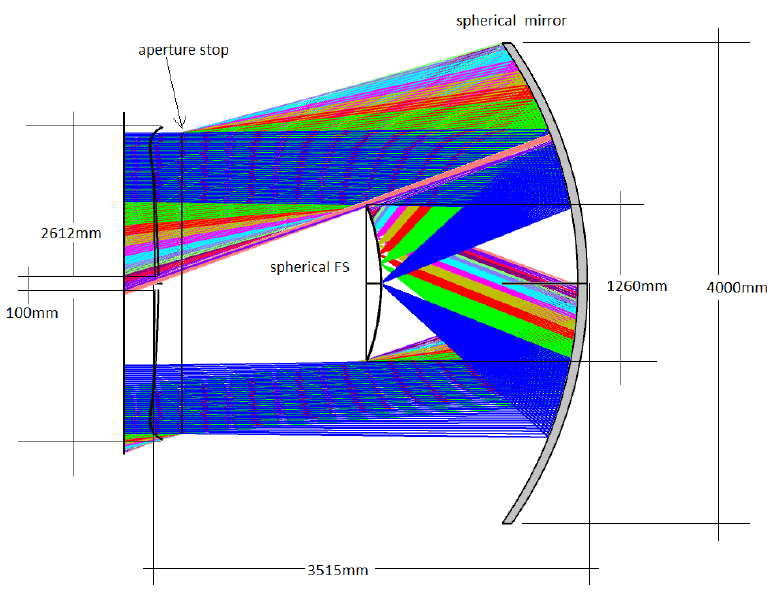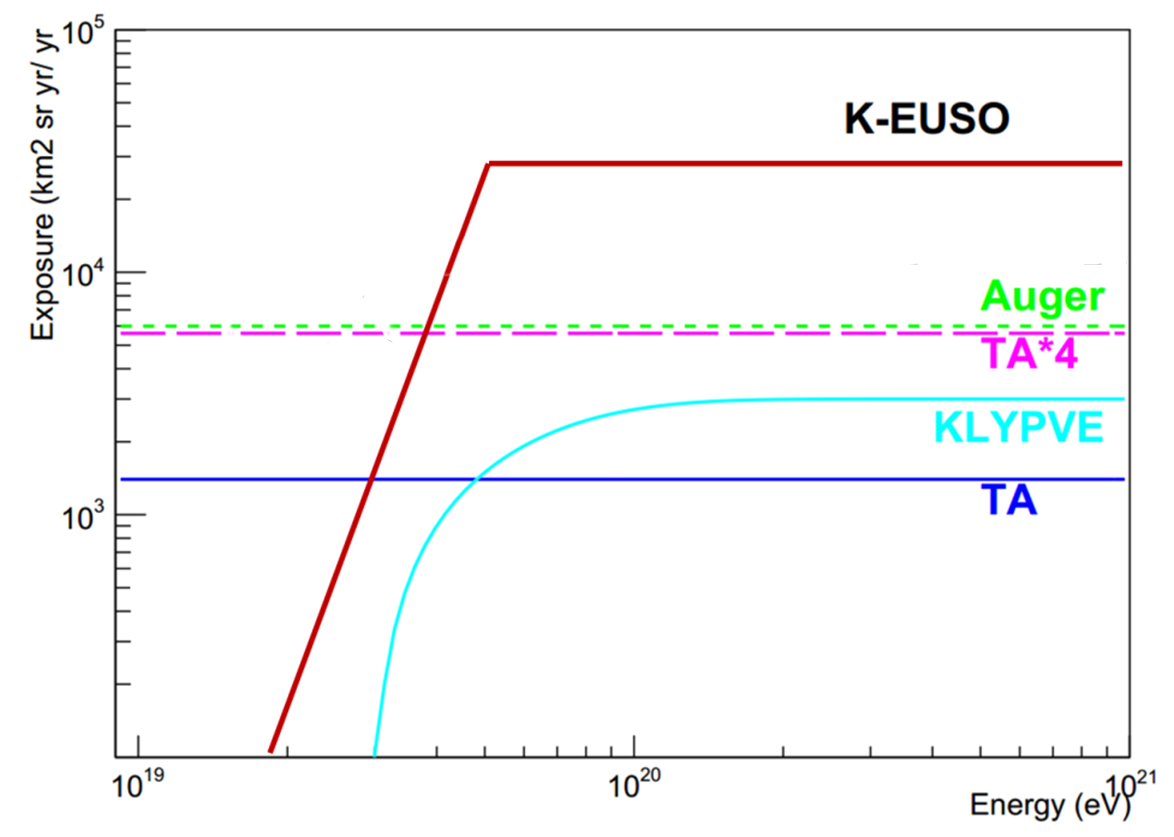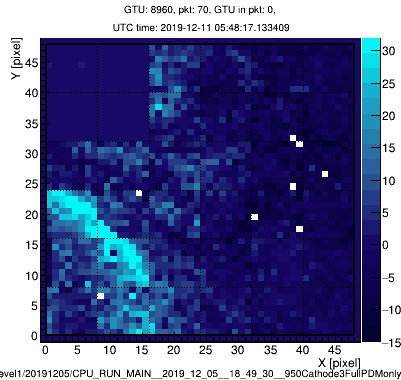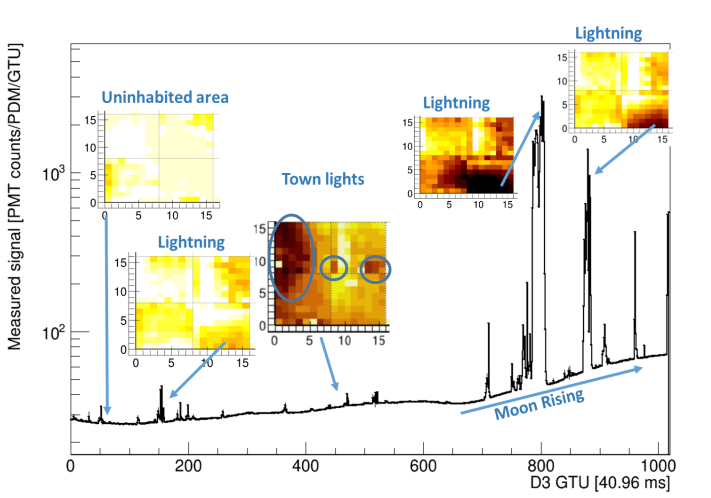K-EUSO
K-EUSO represents the ultimate effort towards a full JEM-EUSO mission to detect UHECRs (Ultra-High-Energy Cosmic Rays). It is the result of the joint efforts of the JEM-EUSO collaboration to improve performance of KLYPVE, a Russian science mission approved for the International Space Station by the Russian Space Agency Roscosmos and included into Russian “Stage program of scientific and applied research and experiments”.
The current design of the K-EUSO instrument is based on a Schmidt optics and a Multi-Anode-Photomultiplier focal surface with an about ten times increasing of KLYPVE data collection. The Schmidt camera covers a field of view of 40° with an entrance pupil diameter of 2.5 m, a 4 m diameter spherical mirror and a focal length of 1.7 m. K-EUSO will measure the UV (337 – 391 nm) light coming from EAS (Extensive Air Shower) induced by UHECR interactions in the Earth’s night atmosphere. The spatial and temporal profile of the shower will allow determination of the energy and direction of the primary particles with an accuracy better than a few degrees. An Infrared Camera and a Lidar will allow cloud monitoring. The launch of the telescope is scheduled for 2022 with at least two years of operations, to be prolonged in case of an ISS extension.
K-EUSO will be the first detector to observe the whole UHECR sky uniformly, covering both hemispheres thanks to the orbit of the ISS. K-EUSO will detect about 140 events/year above 5,7 x 1019 eV (the energy threshold optimal for hotspot and anisotropy search), assuming the Telescope Array energy spectrum. It will perform fundamental observations not accessible by the existing ground-based experiments: independent confirmation (or rule out) of the presence of hotspots in the northern and southern hemispheres; comparison of the cosmic ray fluxes in the two hemispheres; search for new hotspots. Moreover, K-EUSO will study possible UHECR anisotropies over various angular scales, including potential correlation to nearby large-scale extragalactic structures (~40°), Milky-Way related features, and dipole-type anisotropy. Other science objectives are the study of meteors, the search for strange quark matter and the debris remediation in space.
Click here to see the parameters of the mission and of the Instrument





